Happy St Patrick’s Day! This special day is celebrated every year on 17th March and it is a great time to present some new vocabulary relating to Ireland and Irish folklore. Our St Patrick’s Day lesson includes interesting words and phrases relating to Ireland along with lots of interesting facts about this Irish holiday. We have even prepared a tasty recipe for making your own traditional ‘boxty’ – Irish potato pancakes! Read on to discover more about St Patrick’s Day.
St Patrick’s Day English Lesson
As a seasonal event, St Patrick’s Day is perfect for a vocabulary lesson. One of the best and simplest ways to introduce new vocabulary is to put it into context in simple passages appropriate for language level of the students.
With this in mind, we’ve prepared a list of words and phrases that will perfect to turn into a worksheet for students. Now teachers just need to present the vocabulary that the students will need to complete the worksheet.
Before we get into the lesson, let’s discover more about St Patrick and how this saint’s day is celebrated around the world.
History of St Patrick’s Day
St Patrick was born around 385 AD. He was a Christian Priest and eventually Bishop of Ireland who established churches, schools and monasteries across the country.
There are many myths about St Patrick, including the story that he drove the snakes out of Ireland, defeated Pagan druids of the country and converted the inhabitants to Christianity.
It is also believed that St Patrick used the Shamrock – the three-leafed clover – to explain the Holy Trinity of Christianity (the Father, Son and Holy Spirit).
The flag of St Patrick is a red saltire on a white background. This is similar to the cross of St George (England’s national saint) which is a red cross on a white background. It is important not to get these two flags mixed up!
The saltire of St Patrick can be seen on the Union flag, which combines all three patron saints of England, Scotland and Ireland.
Traditional colours of Ireland
Although green is the colour most associated with Ireland, the original colour associated with St Patrick was actually blue. ‘St Patrick’s Blue’ is used as the main background colour on Ireland’s presidential flag, pictured below:
It is thought that the colour green became associated with Ireland in the 18th century and people wore the colour as an expression of support for Irish independence.The ‘Emerald Isle’ is the nickname for Ireland (because emeralds are green) and the colour green features on the country’s national flag, along with orange and white.
Traditionally, green was the colour of the Catholics and orange the colour of the Protestants, while the white stripe separating the colours is a symbol of peace.
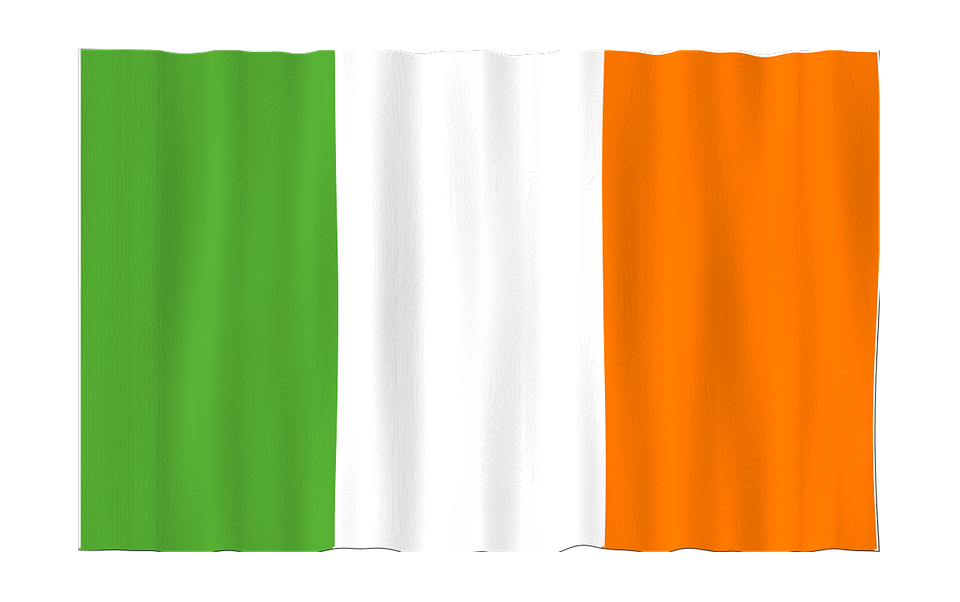
The Irish flag colours – image source
St Patrick’s Day around the world
St Patrick’s Day is a national holiday in the Republic of Ireland and Northern Ireland. It is also a public holiday on the island of Montserrat in the Caribbean and in the Canadian province of Newfoundland, due to their large number of Irish settlers.
Interestingly, St Patrick is also the patron saint of Nigeria since 1961, due to the large number of Catholics in the country, although March 17th is not a public holiday there.
In line with its strong Irish connections, Nigeria accounts for around a fifth of the global sales of Guinness!
Even in countries or cities that have no particularly strong connections with Ireland, people often celebrate St Patrick’s Day. For example, in Chicago, the river is dyed green using vegetable dye!
Buildings all over the world are also turned green for the day using lighting technology. From Rio de Janiero to Sydney to Dubai, people will see their famous buildings lit up in green all in celebration of St Patrick’s Day.
Of course, there are exciting St Patrick’s Day parades held each year in many cities around the world. In London, St Patrick’s Day is celebrated throughout the weekend with plenty of celebrations leading up to the special day.
The St Patrick’s Day parade in London will take place on Sunday 15th March 2020, passing many iconic landmarks, including Piccadilly Circus, The Ritz, Trafalgar Square and Whitehall. the St Patrick’s Day Festival will take place in Trafalgar Square with music, food, crafts and family activities.
If you can’t make it to a special event, why not celebrate with a swift half at home or at the pub? You can raise a glass of Guinness and use the famous St Patrick’s Day toast:
“May the roof above us never fall in, and may we friends beneath it never fall out”
Non-native speakers need to know two English phrasal verbs to understand this toast: ‘to fall in’ means to collapse, while ‘to fall out’ means to have an argument.
Another way of celebrating St Patrick’s Day is by wearing green clothing and eating traditional Irish food, such as boxty. This is a tasty Irish dish made with potatoes.
Boxty looks like a pancake and makes a delicious base for all kinds of meat and vegetable meals.
Irish boxty recipe
To make boxty, toss 1.5 cups of grated raw potatoes into a bowl with 1 cup of flour. Stir in 1 cup of mashed potatoes to make a thick paste. Whisk 1 egg and add 1 tablespoon of milk together in a separate bowl, then pour this into the potato mix.
Next, heat some olive oil in a pan and pour in the potato mixture to form small pancakes about 2 inches in diameter. You can also cook the whole mix to create one large boxty. Fry for about 3 minutes on both sides until golden brown and serve.
Boxty potato pancakes are ideal to use as a base for beef, chicken and vegetable dishes. Simply put the ingredients inside the boxty to create a savoury potato pancake or serve them on the side. Delicious!
St Patrick’s Day vocabulary
St Patrick’s Day is celebrated in more countries around the world than any other saint’s day, making it a great time for celebration. Ireland’s national day is also ideal for introducing new vocabulary to English language students.
We have prepared a list of St Patrick’s Day vocabulary. Once the new words have been presented the students can practise the vocabulary in a variety of ways, with gap fill sheets always being a popular idea.
We’re gathered together a list of descriptions and answers which can be used as new vocabulary for students.The names and descriptions can then be mixed up to turn them into a simple worksheet for your students for part of your St Patrick’s Day EFL lesson.
Browse the worksheet below for some Irish vocabulary ideas. On the left are some useful and interesting words and phrases associated with Ireland and St Patrick’s Day. On the right are the definitions and descriptions for each word.
St Patrick’s Day vocabulary worksheet
Simply mix up this St Patrick’s Day vocabulary and present the words to students on a worksheet for them to match the word with the definition:
1) Shamrock a) Clover
2) Leprechaun b) Irish fairy
3) St Patrick c) Patron saint of Ireland
4) Irish d) People from Ireland
5) Island e) A country surrounded by water
6) Jig f) An energetic dance
7) Good luck g) You say this to wish someone good fortune
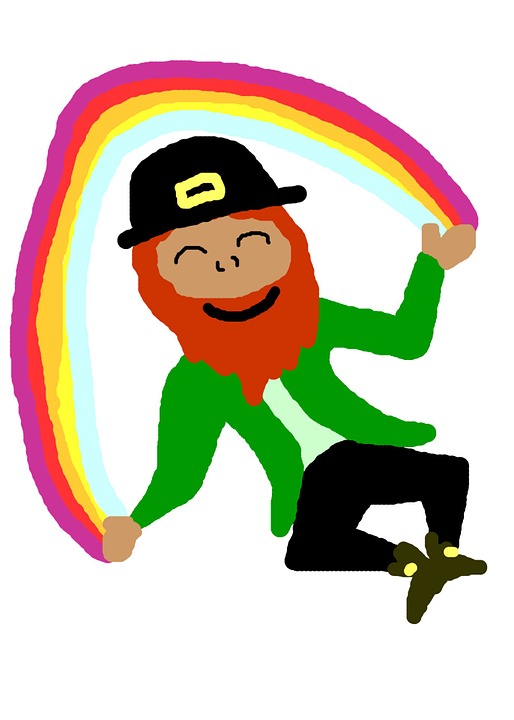
A leprechaun with a rainbow – two icons traditionally associated with Ireland! – image source
8) Dublin h) Capital city of Ireland
9) 17th March i) St Patrick’s Day
10) Green j) Colour associated with Ireland since the 18th century
11) Guinness k) Famous Irish drink
12) Green, white and orange l) The colours on the Irish flag
13) Paddy m) Affectionate nickname for an Irish person
14) Shoemaker n) Profession of the leprechauns according to Irish folklore
15) Pot of gold o) You might find this at the end of a rainbow
16) Four-leaf clover p) Symbol of good luck
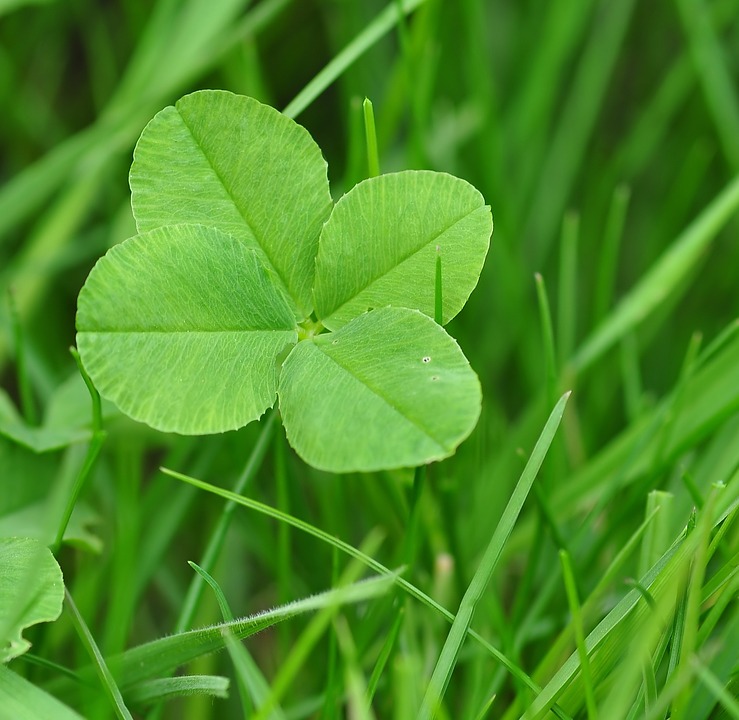
A four leaf clover is a symbol of good luck – image source
Mix and match exercise for St Patrick’s Day
After the ideas, myths and facts have been presented in your Irish themed EFL lesson, these words and descriptions can be used as an exercise.
Just mix up the numbers and letters to create a fun challenge testing students’ knowledge of St Patrick’s Day vocabulary.
The students can fill in the sheet and match up the names and their descriptions. This lesson plan can also be used for a lesson filler at the end of the class if you have ten minutes left, or as a fun homework exercise for students to complete on their own.
The length of time the students take to match the words will of course depend on their ability level and their grasp of the St Patrick’s Day vocabulary.
This makes ‘mix and match’ worksheets ideal for adaptation to any class, whether as a group lesson or a one-to-one private class.
We hope you have fun preparing for St Patrick’s Day EFL lesson – and don’t forget to keep a crafty bottle of Guinness under the desk for a real authentic taste of Dublin!
Share your thoughts on St Patrick’s Day
Have you ever visited Ireland?
What saints’ days do you celebrate in your country?
Do you normally go to a St Patrick’s Day event or parade?
What lesson ideas do you have ready for St Patrick’s Day?
Read more about patron saints’ days in our St Andrew’s Day and St David’s Day blog posts and explore the traditions of Scotland and Wales!
Attributions
- The flag of St Patrick – Saint Patrick’s saltire, the third component of the Union Flag. Image by Hoshie and others [Public domain], from Wikimedia Commons
- Presidential Flag of Ireland by Setanta Saki [CC BY 3.0 or Public domain], from Wikimedia Commons
- This is a photograph of the Chicago River dyed green for the St. Patrick’s Day celebration. Image by Knowledge Seeker [Public domain], from Wikimedia Commons
- A photograph showing the traditional Irish dish boxty, prepared with beef and squash. Image by Original uploaded by DavidBailey (Transfered by Diádoco) (Original uploaded on en.wikipedia) [CC BY 3.0], via Wikimedia Commons

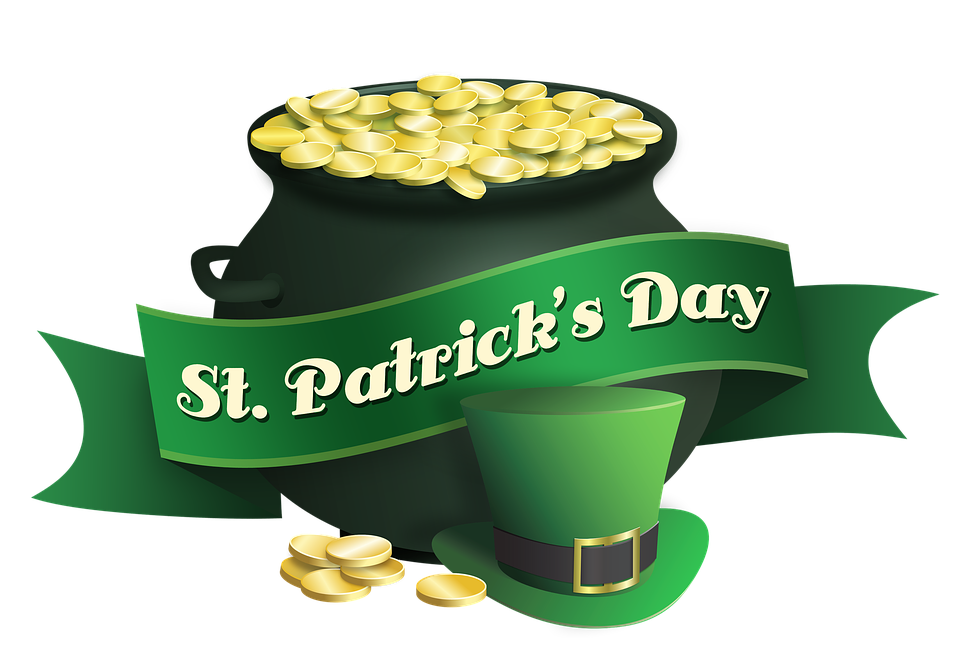
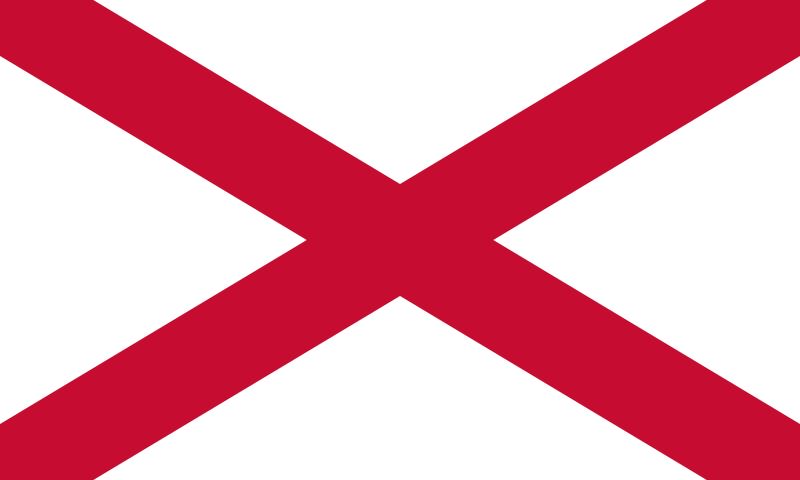
![By Setanta Saki [CC BY 3.0 (https://creativecommons.org/licenses/by/3.0) or Public domain], from Wikimedia Commons](http://www.myenglishlanguage.com/wp-content/uploads/2013/03/Ireland-presidential-flag.png)
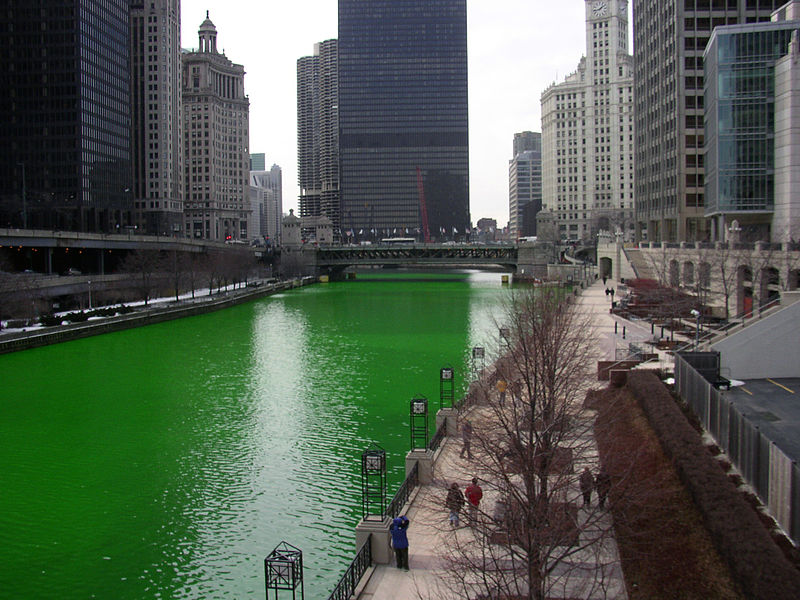
![By Original uploaded by DavidBailey (Transfered by Diádoco) (Original uploaded on en.wikipedia) [CC BY 3.0 (https://creativecommons.org/licenses/by/3.0)], via Wikimedia Commons](http://www.myenglishlanguage.com/wp-content/uploads/2013/03/irish-boxty-beef-squash.jpg)